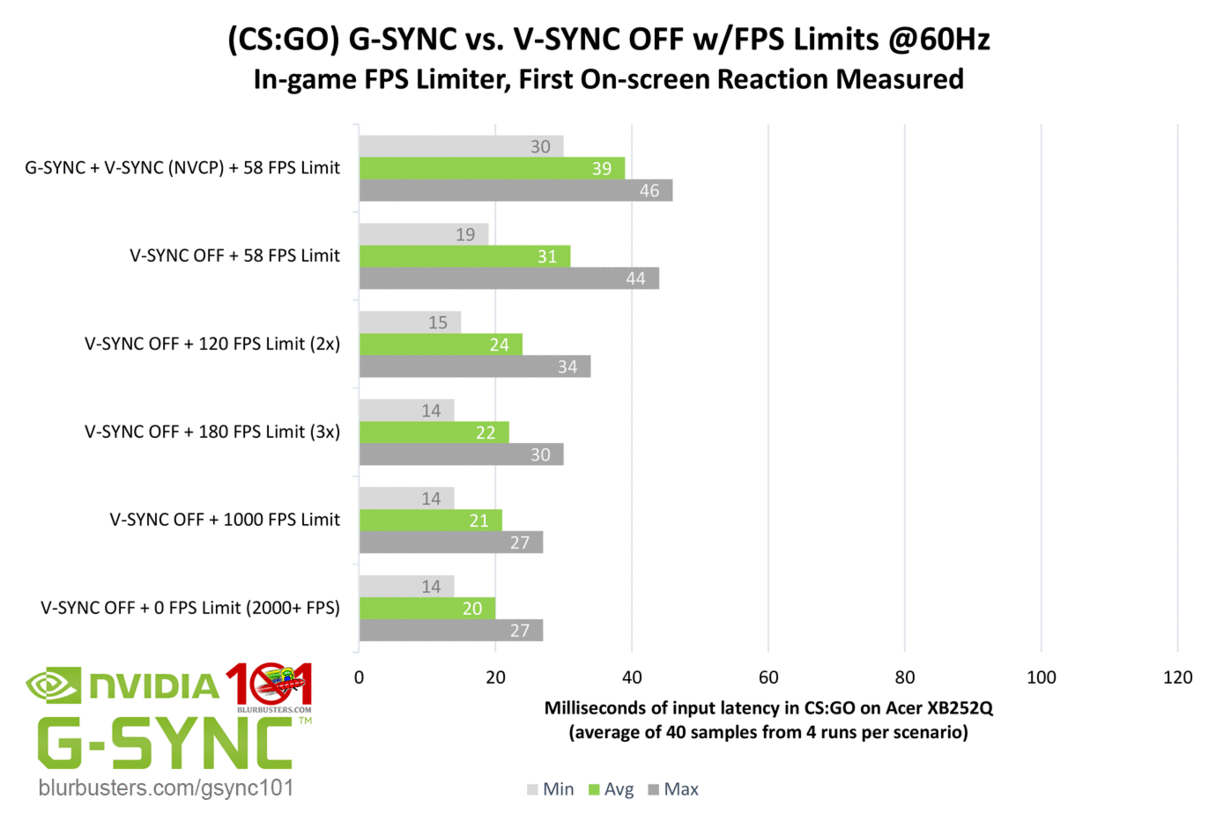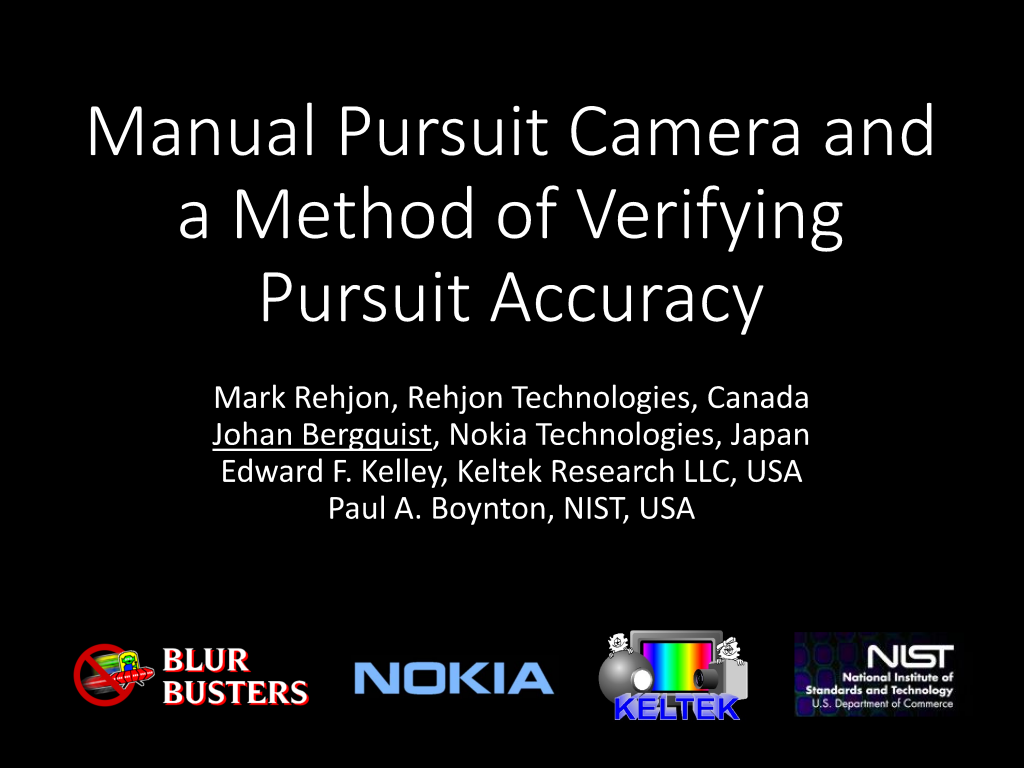To improve understanding of this topic, each frame-slice (during VSYNC OFF) is its own independent lag gradient:
240 frames per second at 120Hz
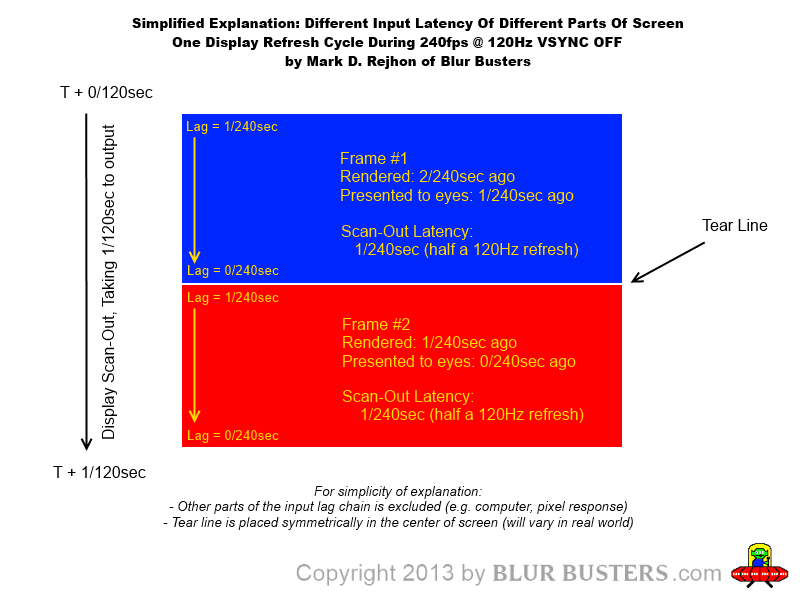
Here's some newer some diagrams of screen scanouts (a random 4 refresh cycle snapshot in a continuous stream of refresh cycles; frame numbers and refresh cycle numbers are relative):
288 frames per second at 144Hz
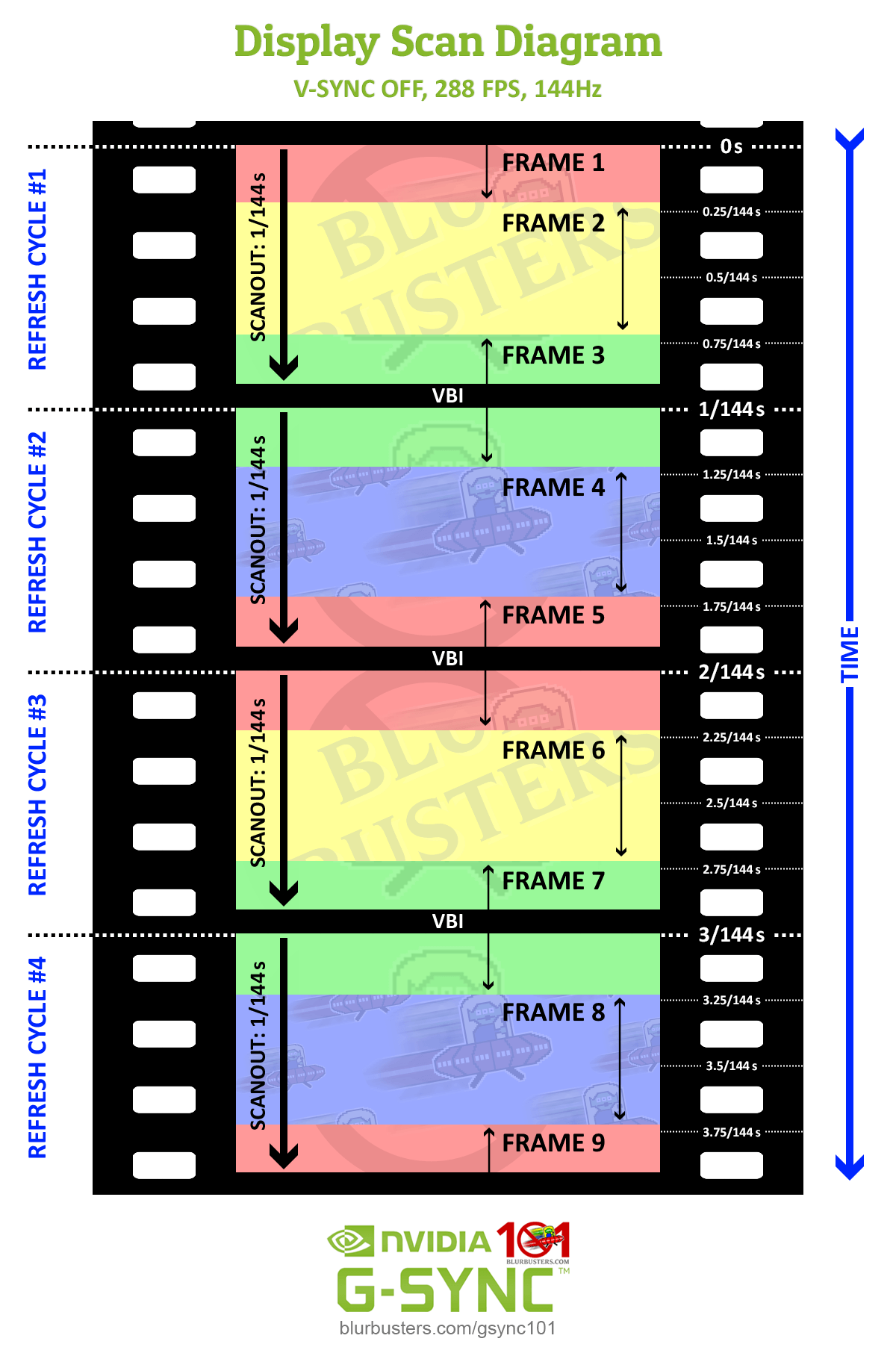 432 frames per second at 144Hz
432 frames per second at 144Hz
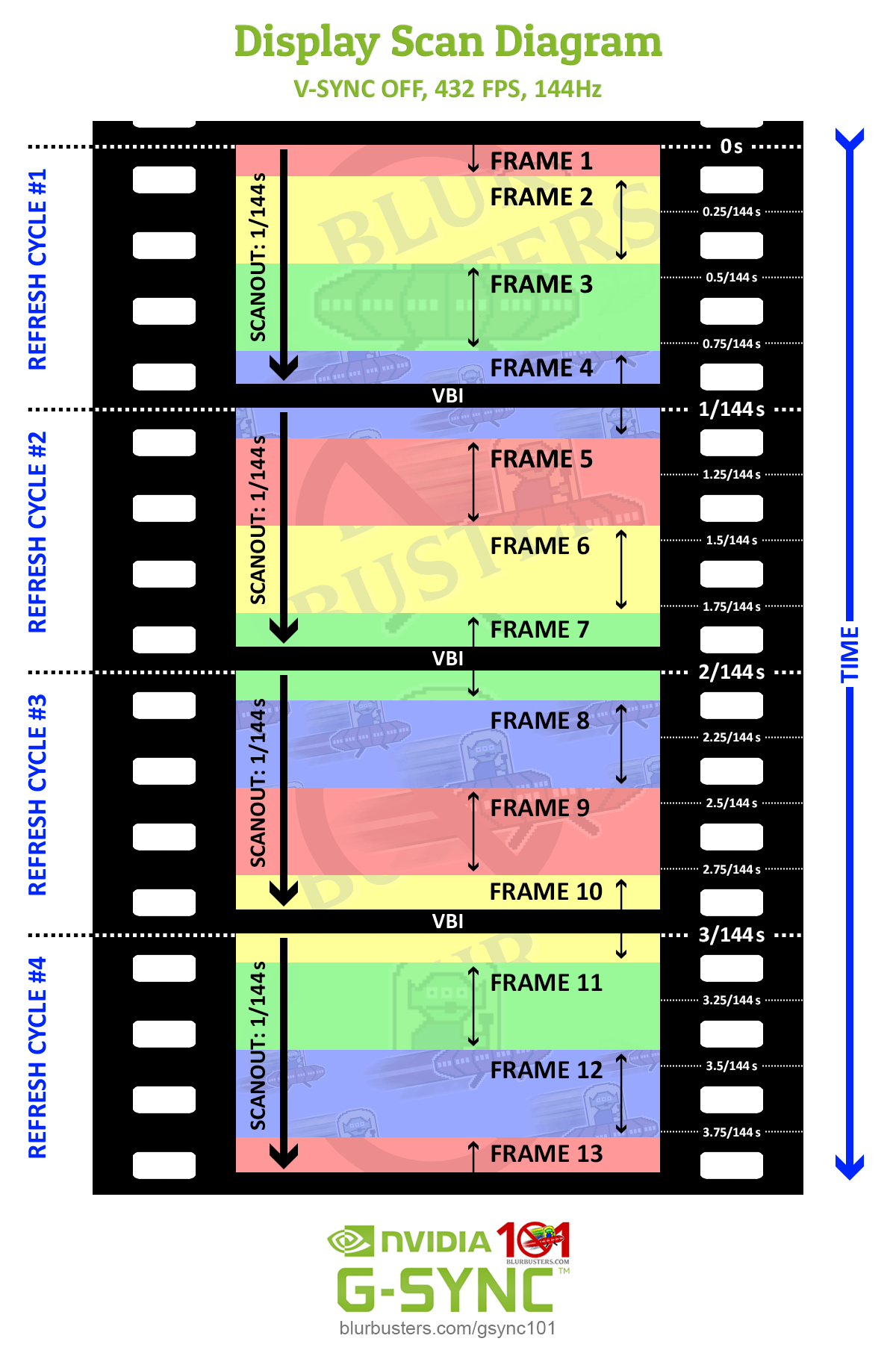 1000 frames per second at 144Hz
1000 frames per second at 144Hz
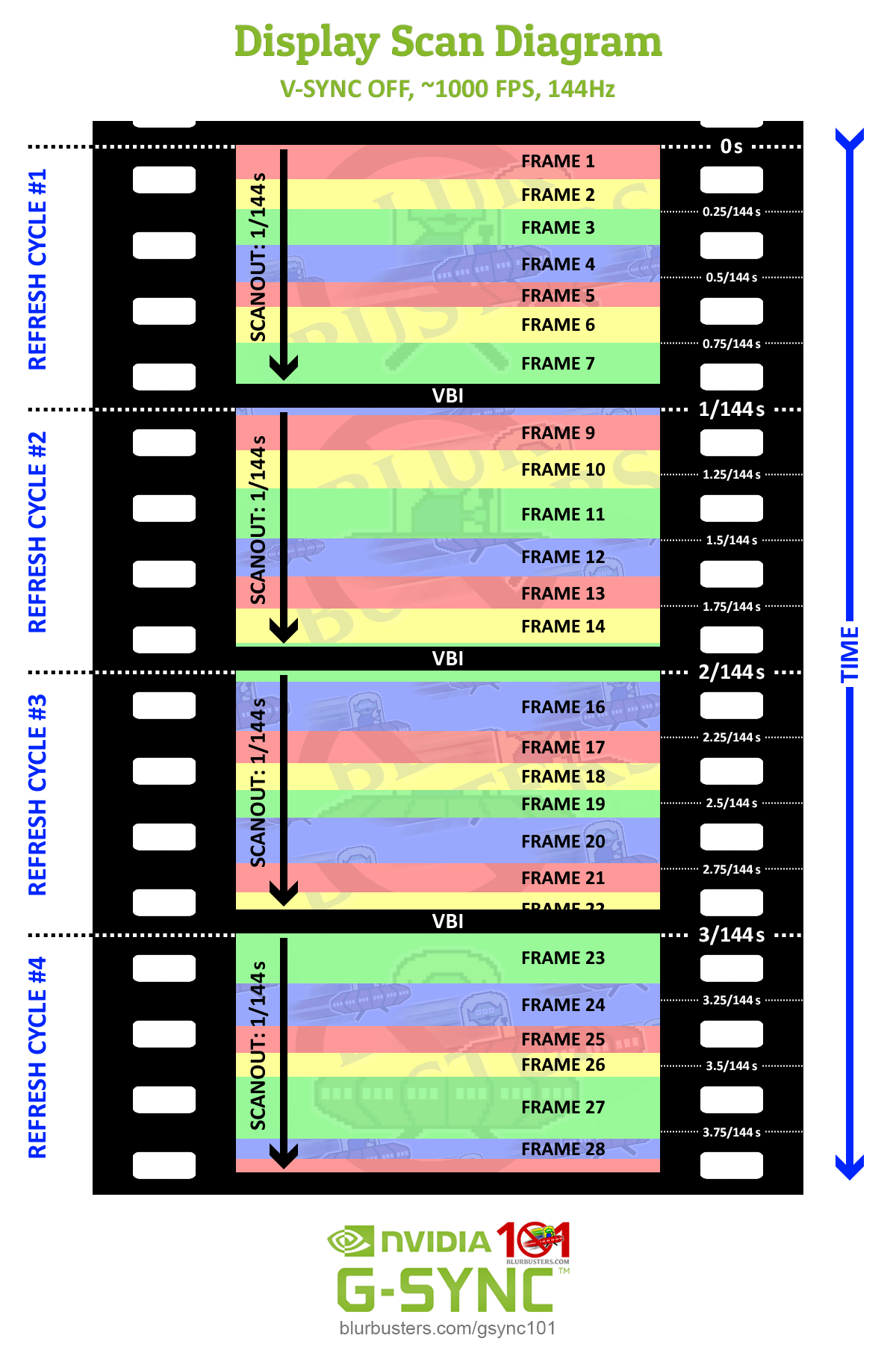
The heights of frame slices are proportional to frame render times. The scan is always a constant speed.
The top edge of frame slices always have less input lag than the bottom edge. The use of higher frame rates will reduce input lag gradients of each frame slices (during VSYNC OFF or Fast Sync), but will never be able to do a global-refresh of the screen simultaneously. That means you can still react to events too early/too late (e.g. an explosion flash or close-range enemy) that begins appearing for the first time near the top edge or bottom edge (instead of screen centre at crosshairs). Using a higher refresh rate, gets you proportionally closer to a lagless global-refresh display.
Using VSYNC ON fixes this lag random jittering, but adds too much absolute lag. But ultra-high-Hz helps to solve both VSYNC ON and VSYNC OFF simultaneously! VRR is absolutely fantastic and will be needed for a great many years to come, and still likely be relevant at ever-higher Hz (e.g. 1000Hz VRR), since microstutters are still see-able at 480Hz (from our tests).
While some displays scan-convert (e.g. plasma, DLP scans differently from the pixel dlivery order on the cable).... most eSports LCDs are synchronous between cable scanout and panel scanout. Nowadays, often using tiny rolling-window line buffers (instead of prebuffering a full refresh cycle) for low-lag overdrive processing, etc.
This is why we need 480Hz and 1000Hz displays. Other websites, several stupidly say that 240Hz is not worth it, but according to our tests (we recently
tested a 480Hz display) -- a 1000Hz display can actually, in theory, be actually more important lag-wise than 1000Hz mice! (Both used together, will be very sweet, indeed, though!)
There was
homebrew 240Hz in 2013 before the manufacturers did it. Now, there is a literally
homebrew 480Hz, before manufacturers even are remotely thinking of 480Hz. The scientific/laboratory industry is already in the quadruple-digit refresh rates now (e.g.
ViewPixx true-1440Hz DLP projector).
Our predictions:
Mainstream 480Hz gaming monitors -- roughly ~2020
Mainstream 1000Hz gaming monitors -- sometime ~2025 once GPUs have
frame rate amplification tech
I do think homebrew will beat manufacturers (yet again) to a true-1000Hz gaming monitor. I'm surprised that manufacturers don't realize just how important >240Hz will be for future eSports gaming -- it truly reduces lag-randomness error, as I've explained above in my previous post.
And, before anyone complains about GPU-limitation problems, don't forget
Frame Rate Amplification Technologies will make 1000fps possible in mid-range GPUs by 2025.
Today, Oculus is doing it in software to convert 45fps to 90fps, without needing a more powerful GPU -- but eventually this will become far more artifact-free, more geometry-aware, and in silicon -- this is key to 1000fps with high detail levels without needing unobtainium GPUs!
The ability to convert 200fps->1000fps using 5:1 frame rate amplification technology (lagless geometry-aware interpolators with improved occulsion-reveal de-artifacting, from improved multi-layer Zbuffers and similiar advanced artifact-free re-projection tricks) -- this is the breakthrough making blurless sample-and-hold possible in less than 1 human generation! Today, Oculus 45->90fps. Tomorrow, 100fps->1000fps or 200fps->1000fps (and more artifact-free, too!). So GPUs can be a problem-solved within a few years.
If NVIDIA and AMD reads this, they need to heed this --
consider adding dedicated silicon for frame rate amplification tech -- for the journey to the "real-life display" (strobeless blur reduction) -- as ultrahigh Hz is needed for "
blurless sample-and-hold" or "
strobeless ULMB", or "
flicker-less CRT" -- basically combining perfect motion clarity and sample-and-hold (With no blurring) as low-persistence with no strobing needed.
So... Manufacturers, bring on 480Hz and 1000Hz+.
--> It reduces absolute lag
--> It reduces lag-randomness by being closer to a global-refresh display
--> It reduces motion blur without strobing
--> It's closer to real life (no strobing AND no blur)
(P.S. I have emailed several manufacturers this link)
